In 2016, Thermo Fisher Scientific released a study on the differences in bacterial optical measurements between spectrophotometers. They pointed out that most spectrophotometers were built to measure absorbance rather than light scattering. This accounts partly for the significant differences in optical density of bacterial cells cultures. Furthermore, the obtained values depend largely on the optical configurations of the machine. They therefore concluded that a conversion factor should be used between different spectrophotometers. As Synthetic Biology is dependent on progress between different labs, often across large distances, such variability in the measurement of cell cultures creates an issue.
Instead of using absolute OD values, we compared absorbance measurements to the absorbance of silica beads of known size. We also tested whether colony-forming-units represent a more reliable way of estimating cell densities. Finally, we calculated a conversion factor between absorbance and CFU.
The protocol provided extensive detail on the procedure. The diagrams of the 96-well plate set-up were particularly useful. The only issue encountered was on day 3. We struggled to dilute our samples enough to reach an absorbance of 0.02. Once we decreased our gain to x1000 we were able to see differences between our values.
Our stock of chemically-competent E. coli DH5α had low competency. Using commercial cells bought from NEB provided better results. After our negative control failed to transform twice, Westminster’s team gave us an LB agar plate with already transformed colonies.
Overall, though we had a few challenges the interlab was an ideal introduction to the wet lab. It allowed us to practice common techniques, such as transformation, before we started our own project.




